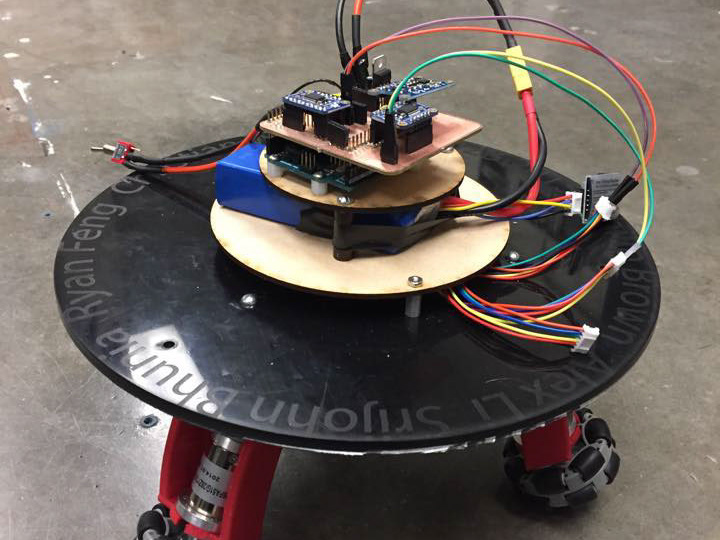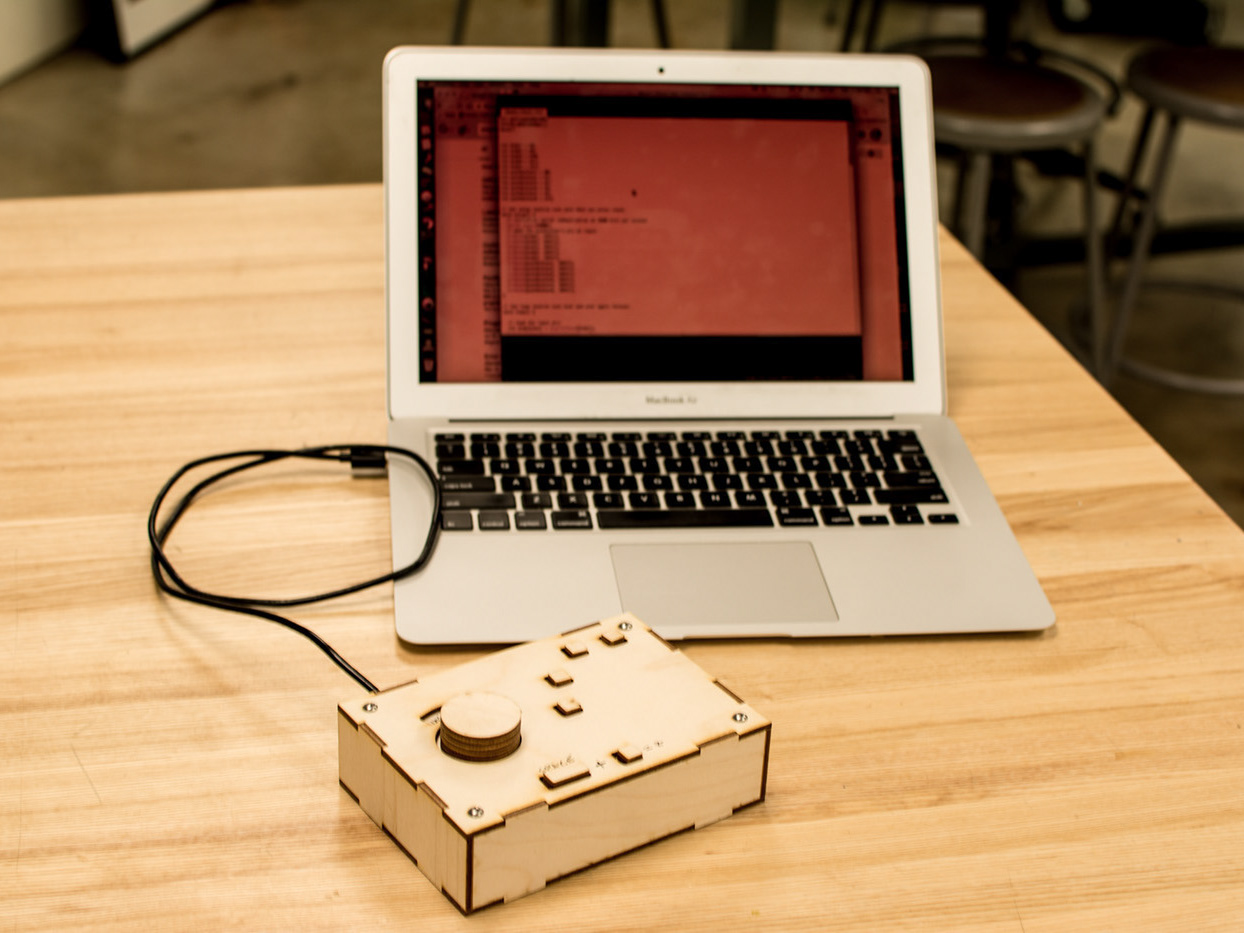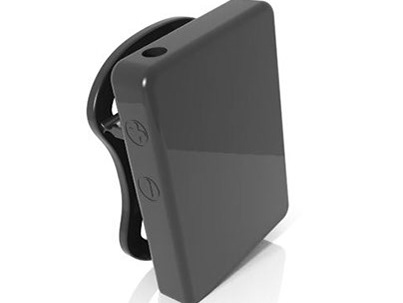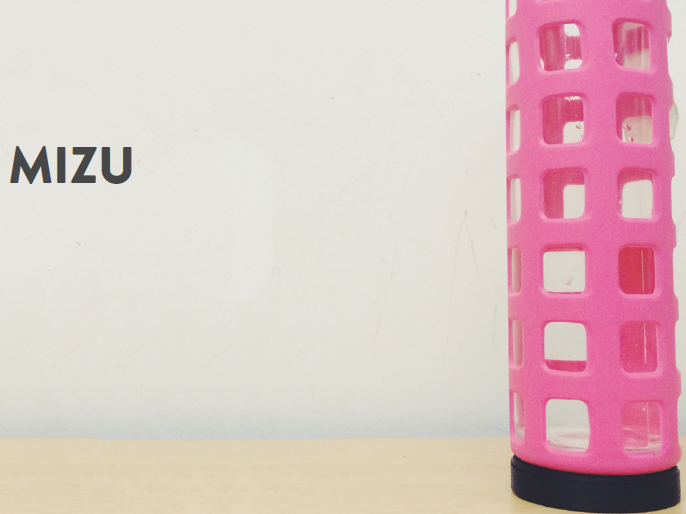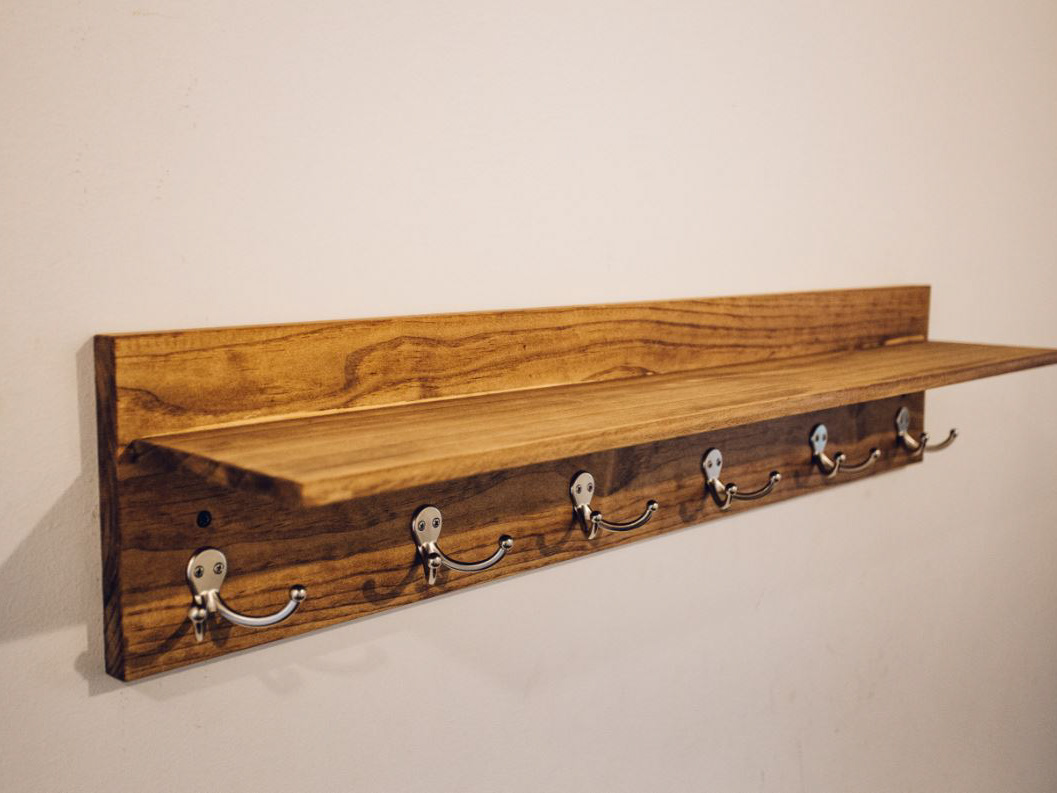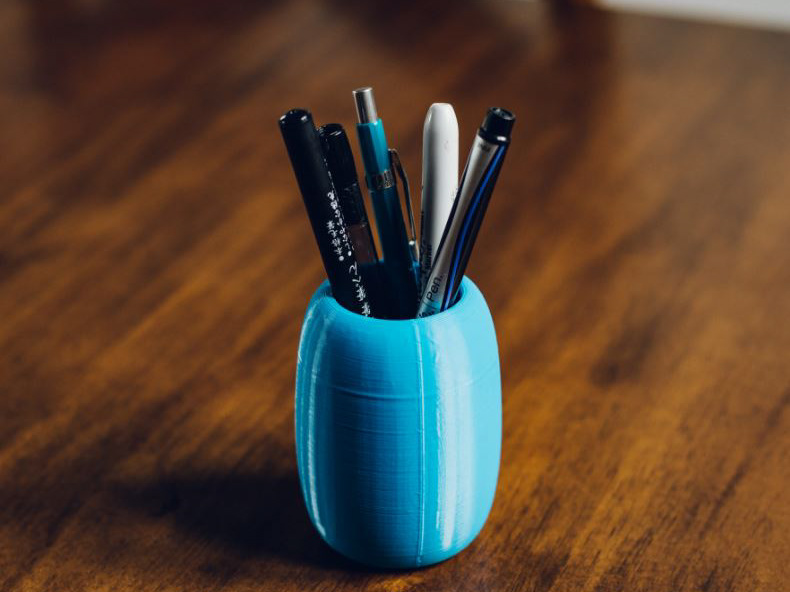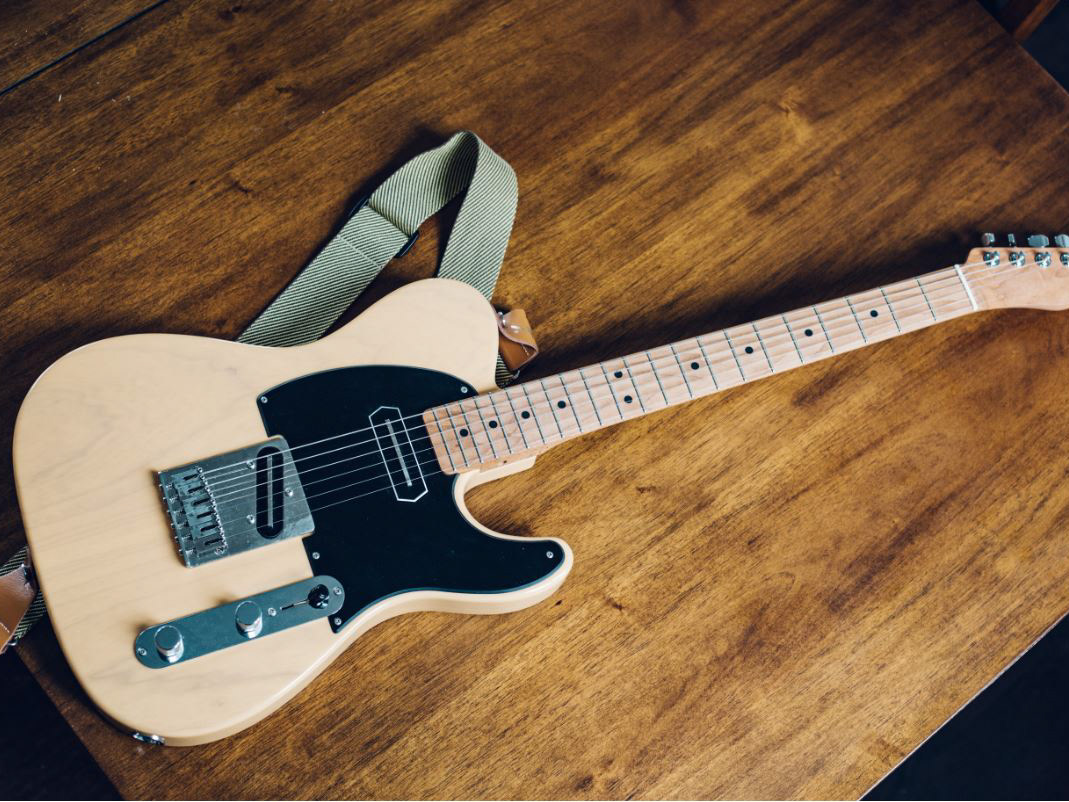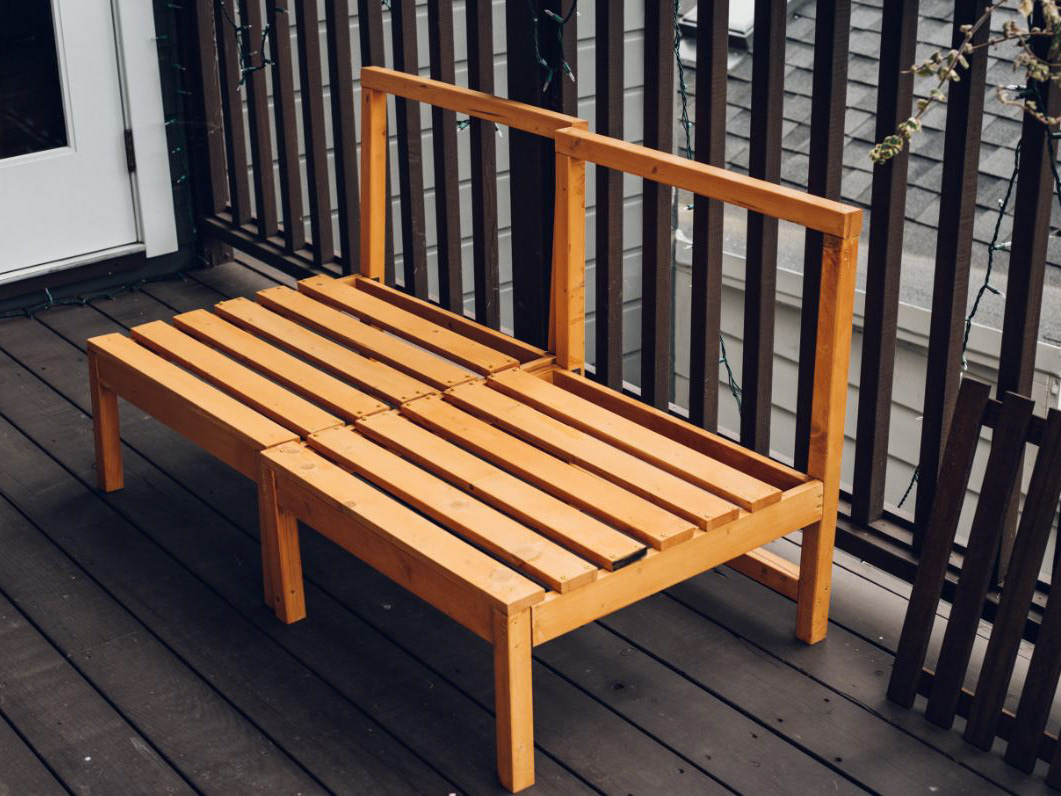Featured on designideas.pics - https://www.designideas.pics/reorient-hospital-environment-monitor/
ReOrient monitors the patient's environment for motion, sound, and light, as well as plays messages by the patient's family and friends recorded through a web application. When these environmental factors are properly controlled, the patient is less likely to acquire delirium, and more likely to recover from it. These factors were based on information gathered in interviews with UCSF Medical Center staff.
Device Design
The front and back halves are fastened by four screws which rest the counter-bored holes.
Assembly from side view.
Front cover. Components are mounted with screws in screw bosses.
Rear cover. Sensors were wired to the PCB attached to the rear cover.
The device would be mounted on the wall above the patient's bed.
A web application retrieves data from the device through WiFi and presents it to relatives and hospital staff.
The web application can send notifications when the patient is experiencing unacceptable levels of light, noise, or motion in the room.
A big thanks to my awesome team members: Corten Singer, Levent Beker, and Nicci Cazares. Their work on the software, electronics, graphic design, and business plan was indispensable!
